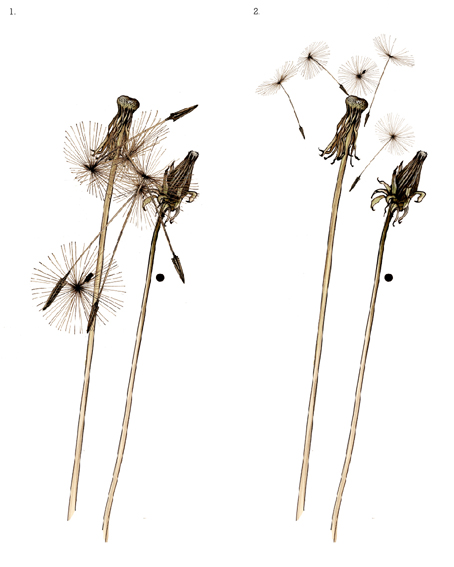I love bees and in fact since childhood have saved many of their lives. When we returned from Cornwall Design Fair last week I was dismayed that a Bumblebee (I think, male Bombus Terrestris) had got stuck in my studio and died. I decided to draw him, document his colours and at the same time post some bee rescue information at the same time.
We had a tiny back yard when I was growing up, but my dad had a hive of bees in it, (he also had hives on Exmoor with a bee keeping friend). This is where I learned about bees, how a bee can easily become exhausted with its efforts to gather pollen, need rest and sometimes even, resuscitation, particularly if it's getting near dusk. If a bee doesn't manage to get home before nightfall, particularly in cold weather, it will die. If it's stuck in your kitchen, conservatory or greenhouse, it will die.
Therefore, if you see a bee exhausted, but not yet dead, this is what you can do:
If indoors collect the bee up very carefully onto a card and take him outside.
Take a teaspoon and dip the tip into a jar of honey, add a few drops of warm water and stir with your finger to dissolve and dilute the honey. (If no honey available use sugar).
If the bee is very weak you can tip a few drops from the spoon near his head (don't drown him).
Sometimes you need to help him a little by edging the spoon towards his nose.
More often than not, the bee will sense the honey, and you'll see his long tongue, which works like a straw, find the honey water and he'll start to gather strength.
As he gains strength, be careful, keep your distance, you don't want to get stung.
After five or ten minutes he'll fly off!
Read more about our declining bee population, and why they need our help, here, here and here
Sketch in progress
Bee rescue...Tree Bumblebee Bombus hypnorum
Red Mason bee? Osmia Rufa
detail Bombus hypnorum (there's his tongue)...
'A journey of a thousand miles begins with a single step' - Lao Tzu
...from my seasonal colour sample notebook.




















